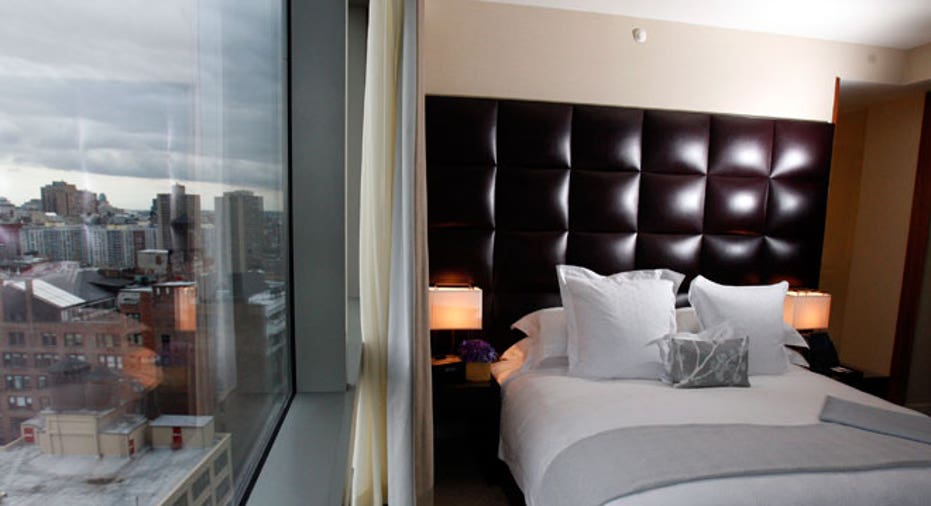Three Steps to Staging Your Home to Get it Sold Faster

As real estate markets claw their way out of the protracted downturn, homeowners are looking for ways to get their properties to sell quickly without slashing the price, and many are turning to staging techniques.
Most homeowners think they have the best decorating and ideal layouts, but experts say staging a home to appeal to a broad spectrum of tastes is important to attract more interested buyers. Staging a home involves decluttering, getting rid of personal decorations like pictures and wall art, and neutralizing the décor.
“Staging presents an enhanced marketing package,” says Cathy Hobbs, owner of Cathy Hobbs Design Recipes. “It’s styling the property so it appeals to the potential buyer.”
In today’s buyers’ market, staging is even more important because buyers typically judge a home within seconds of seeing it. “Most potential buyers make a decision in the first three minutes,” says Hobbs. “When you have a property staged properly, it’s presented well right out of the gate.”
While Hobbs says professional stagers can charge anywhere from $75 to $250 an hour, there are steps every homeowner can take on their own, they just have to keep in mind three main rules: neutralize, depersonalize and declutter.
Neutralize
“Often times paint color and certain furnishing are very specific to your own style,” says Hobbs. “When you know you’re selling your home, you want to neutralize it with traditional and historical colors.”
Homesellers should swap out any bold colors for more calming choices like gray and taupe and eliminate any colorful or busy wallpaper or borders. Replacing old and bright area rugs with clean, more toned down ones can make a space feel more fresh and open.
Sellers should also neutralize the outside of their house: Potential buyers will make a snap judgment about a property before even stepping out on the curb from their car. If a house lacks curb appeal, they might not even check out the inside. Hobbs suggests changing color-specific front doors to a more neutral color, and replace red mulch with black mulch and change outdoor fixtures to ones with a black or dark finish.
Depersonalize
A house swarming of personal items like trophies, vacation and baby pictures, and spoon collections can easily scare off potential buyers.
“When someone comes into the home they need to feel this can be their home,” says Hobbs. “All of those personal items are very distracting to a potential buyer.” When showing a home the ultimate goal should be getting buyers to notice the space--not wedding pictures.
While many people have an emotional attachment to their home and balk at removing their grandchildren’s pictures from the walls, Hobbs recommends approaching the task as a business transaction. “When you put your property on the market it’s no longer your home, It’s essentially a product on the market that is going to be compared to other products on the market.”
Declutter
A potential buyer doesn’t want to walk into a home and see it crammed with furniture, work materials and everyday clutter. They want to see large rooms with just the right amount of furniture and decorations so they can picture their belongings in the space.
However, decluttering doesn’t mean moving excess belongings to the garage. “When people have so much clutter it makes the home look smaller,” says Hobbs. “You want to make sure the potential buyer sees a large and spacious home.”



















